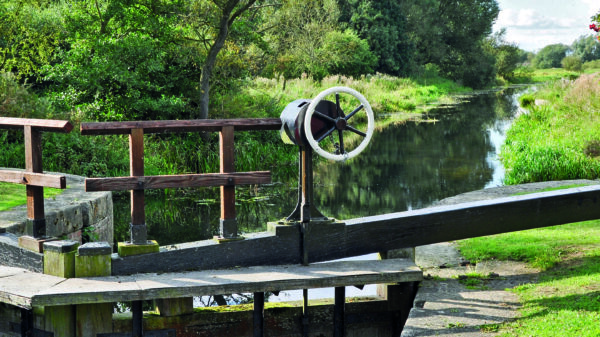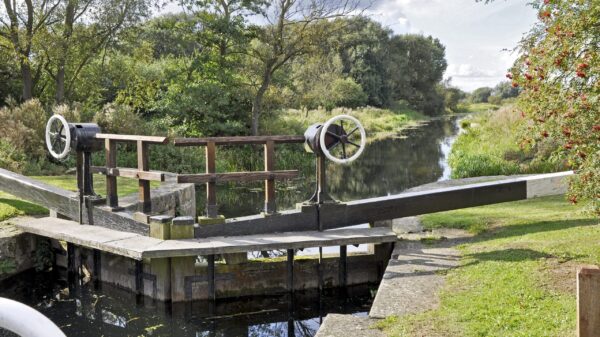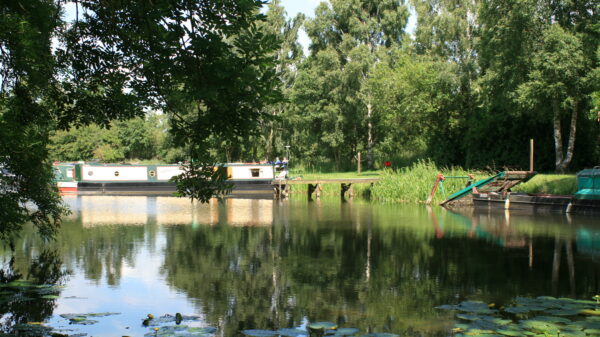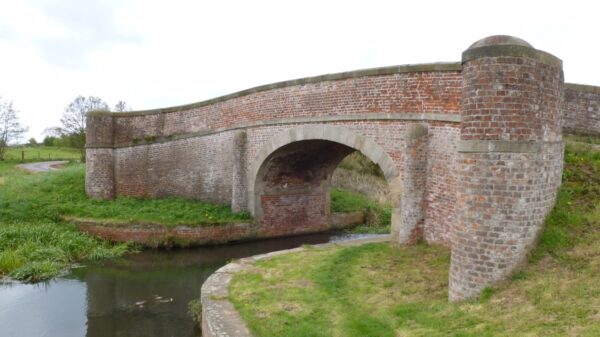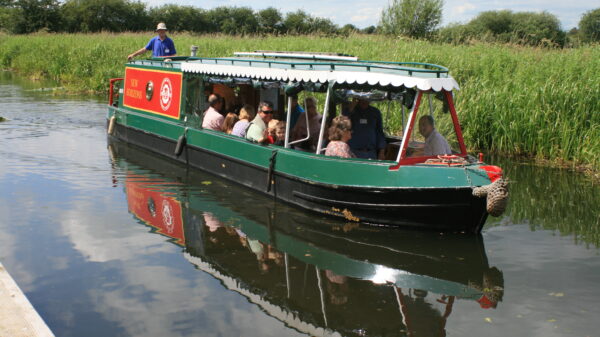About the Pocklington Canal
Proposals for a canal to Pocklington were first mooted in 1765, but the final design and Act of Parliament had to wait another 50 years. Work commenced immediately and the canal was opened 3 years later in July 1818. The Pocklington Canal joins the River Derwent (Yorkshire) at Cottingwith Junction and runs for 9.5 miles (15.3km), through 9 locks to its terminus at Canal Head beside the turnpike road to Hull, near Pocklington. It was built to accommodate the Derwent Keels which were 14ft wide and 58ft long. Coal, lime, fertiliser and industrial goods were carried to Pocklington, and agricultural produce sent out to the West Riding. It was taken over by the York & North Midlands Railway in 1848, who kept maintenance to the minimum necessary to fulfil their obligation. The last trading boats were in 1932 and the canal became derelict. It became the responsibility of the British Transport Commission in 1948 and subsequently British Waterways; however being classified as a “remainder waterway” only safety related maintenance was carried out.
The Pocklington Canal Amenity Society was formed in 1969 to protect and restore the Pocklington Canal and to promote it as an amenity for everyone to enjoy. The restoration has been slow but steady, with the latest navigable length, from Melbourne to Bielby, opened in 2018. Although the terminus and Top Lock have been restored, there are still 2 miles and 4 locks to complete the restoration.
The canal runs through the lower Derwent Valley, an area of international importance for wildlife and much of the canal is an SSSI. There is a short arm with moorings into the village of Melbourne, and a short arm (not in use) to Bielby just above Swing Bridge No 8 which can be used to turn at the end of the navigable section.
[The photo shows Pocklington Canal Amenity Society’s trip boat New Horizons, which operates from Melbourne Basin – by Gordon Harrower]


